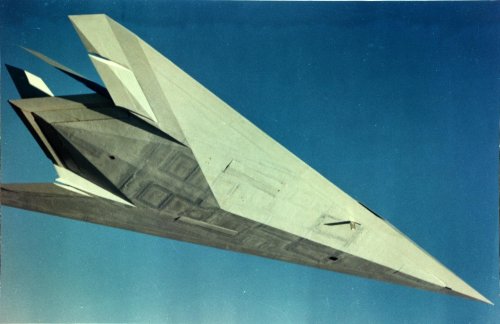NeilChapman
Interested 3rd party
- Joined
- 14 December 2015
- Messages
- 1,317
- Reaction score
- 547
Orbital ATK - Antennas and other good stuff!
"Orbital ATK's industry leadership in high-strength, lightweight composite materials makes it the partner of choice to develop and fabricate technically complex components for military aircraft. Key products include:
Stabilators, pivot shafts and inlet bypass screens for the Lockheed Martin F-22 Raptor.
Upper and lower wing skins, straps, engines nacelles, covers and inlet ducts for the Lockheed Martin F-35 Joint Strike Fighter
Low-observable antennas for the Lockheed Martin F-117 Nighthawk stealth fighter, the Northrop Grumman B-2 Spirit stealth bomber and other tactical aircraft
Solid-state radar and communications radomes for the Northrop Grumman Global Hawk unmanned aerial vehicle and the MESA radar system on the Boeing 737 Airborne Early Warning and Control aircraft.
Counterbalance assemblies for the Boeing C-17 Globemaster II aircraft.
Precision optical benches for Northrop Grumman's high-energy laser used in the Airborne Laser (ABL) missile defense system on board a modified Boeing 747 aircraft."
Love that last one...
"Orbital ATK's industry leadership in high-strength, lightweight composite materials makes it the partner of choice to develop and fabricate technically complex components for military aircraft. Key products include:
Stabilators, pivot shafts and inlet bypass screens for the Lockheed Martin F-22 Raptor.
Upper and lower wing skins, straps, engines nacelles, covers and inlet ducts for the Lockheed Martin F-35 Joint Strike Fighter
Low-observable antennas for the Lockheed Martin F-117 Nighthawk stealth fighter, the Northrop Grumman B-2 Spirit stealth bomber and other tactical aircraft
Solid-state radar and communications radomes for the Northrop Grumman Global Hawk unmanned aerial vehicle and the MESA radar system on the Boeing 737 Airborne Early Warning and Control aircraft.
Counterbalance assemblies for the Boeing C-17 Globemaster II aircraft.
Precision optical benches for Northrop Grumman's high-energy laser used in the Airborne Laser (ABL) missile defense system on board a modified Boeing 747 aircraft."
Love that last one...









